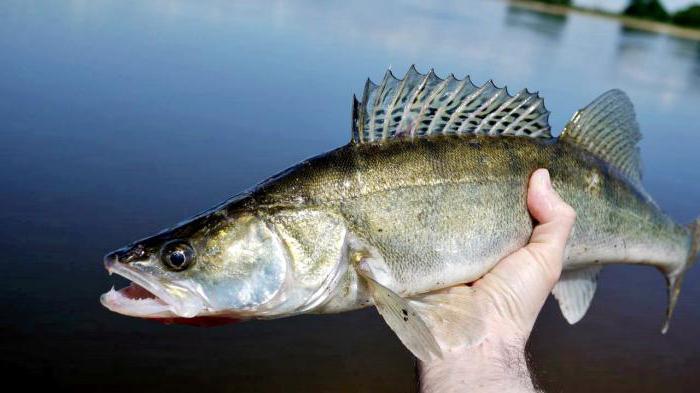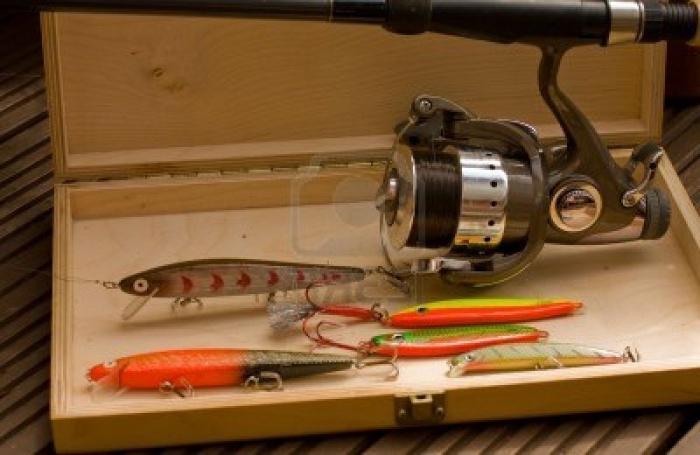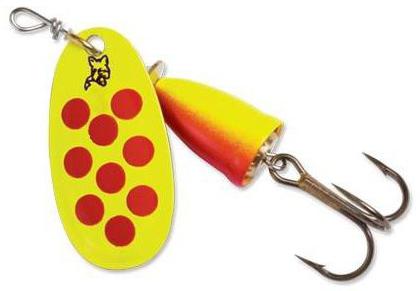"Cicada" - such a poetic name receivedspoon, which, according to the catchability, many consider the best of all known. Especially it is considered effective for catching perch and pike. Let's see how the "Cicada" spinner is arranged, and we will get acquainted with the ways and peculiarities of catching it.

Design and operation principle
Spinner "Cicada" is a metalA plate on which a lead head is soldered from one side. In the "head" and "tail" of the spoon-bait there are holes through which the hooks "twins" are fastened (no larger than the figure-eight). Also make a few holes in the "back" for the leash. Because of the large difference in the area and weight of the lead head and tin tail with the lead of the spinner, the "Cicada" vibrates strongly with the back part, and its "head", on the contrary, moves smoothly from side to side. Thus, she alone acts simultaneously as a rotating lure and as a "wobble". However, the vibration of the tail of the "Cicada" is much more intense than the vibrating spoon-bait, so it can be attributed to a new type - "vibrating spoon-bait." The effect of this tackle is the great sensitivity of the lateral line of the predatory fish. Feeling the vibration of the bait, so to speak, "whole body", the predator perceives it as the agony of the victim and immediately reacts. Proof of the effectiveness of this approach is the fact that the spinner "Cicada" works equally well both in transparent and in muddy water.

Methods of catching
Spinner "Cicada" is incredibly versatilea bait that allows you to catch at all depths, and also do wiring both upstream and downstream. For catching in middle depths and on the bottom you need to take a spoon with a weight of 12 g or 25 g, and for the upper layers it is better to use 10 g or even easier. The vibration power of the spoon-bait can be adjusted by changing the attachment point of the leash (as described above, there are a few holes in the back for this). The closer the leash to the "head" of the iron fish, the more aggressive its tail will work. By the way, the lead experienced spinners recommend making it very tough, for example, from dental stainless wire, 5-7 centimeters long. Near the surface of the "Cicada" is carried out evenly, without sharp braces and jerks. At medium depths, you need to drive it a little faster, with short stops (giving a little dive), and then without jerks (without breaking the game) to resume the leash. The most difficult is the wiring on the bottom. In general, it resembles a "jig" (stop-forward) with the difference that the vibration of the spoonbill is clearly transferred to the arm of the spinning guard, and he knows at every moment that with

All this is a general advice - only self-bait fishing "Cicada" and personal experience will allow to develop the ideal methods of catching with it.
Conclusion
In general, the lure of "Cicada" reviews gets onlypositive. Its only "drawback" is called frequent "hooks" when working on the bottom, which is due to the design. But it would probably be unfair to call this feature inherent only to it. Bottom fishing is always associated with the risk of losing bait, so in this sense, the Cicada spoon is no worse than other spoon bait.












